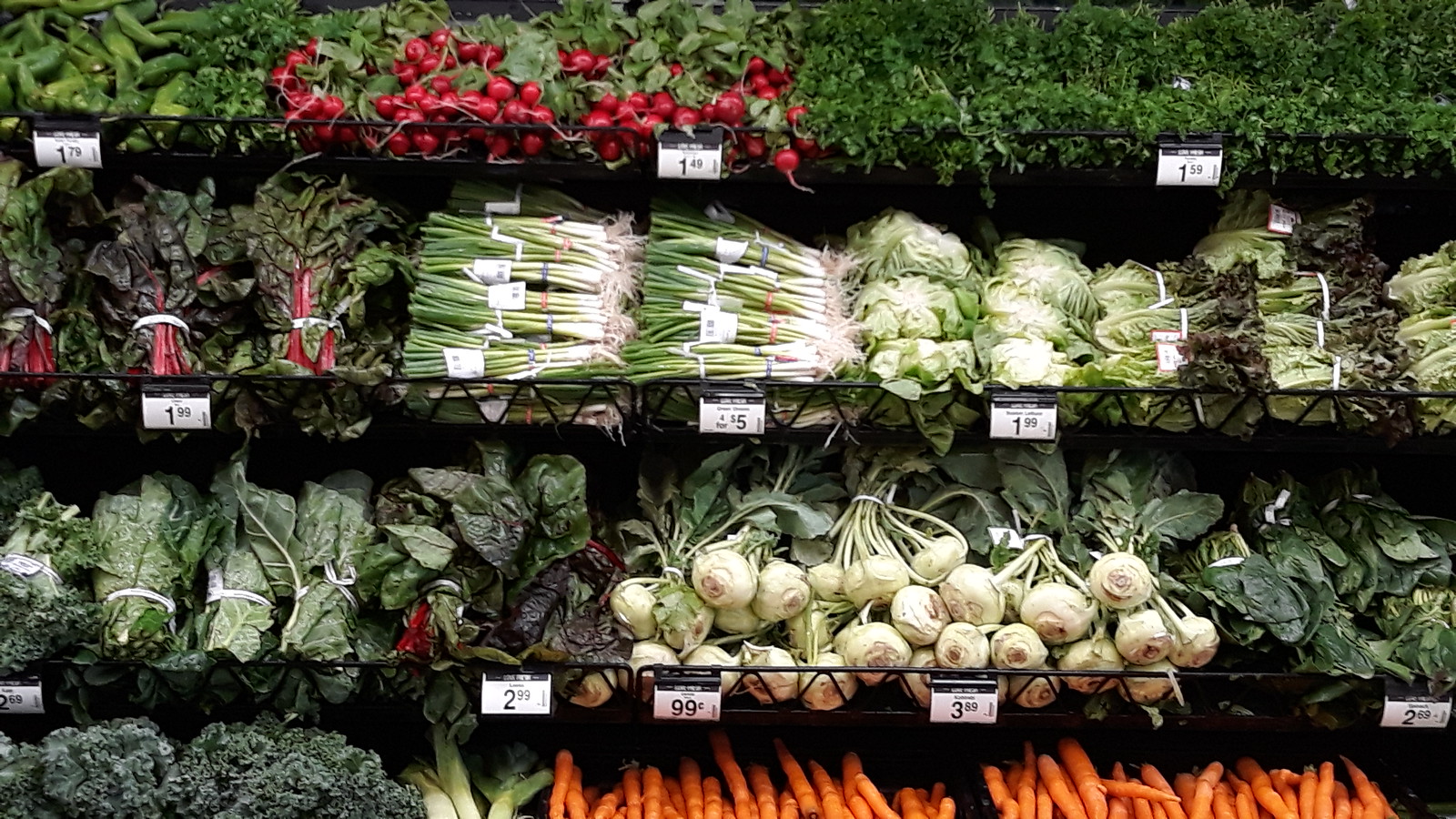
August 29th, 2025
Restaurants across the United States are being hit with a new cost challenge: vegetable prices surged nearly 39% in July 2025, according to the latest Producer Price Index (PPI) report from the U.S. Bureau of Labor Statistics. For an industry where vegetables are a foundation of menus, from salads and sides to plant-based entrees, the spike is reshaping food costs and forcing owners to rethink their strategies.
In July, overall food prices rose 1.4%, but vegetables were the biggest driver, accounting for nearly a quarter of the increase in goods. That sharp jump adds immediate pressure to restaurants already grappling with higher wages, utilities, and insurance.
While restaurants can’t control market prices, they do have levers to manage the impact:
Revise Menus Strategically
Adjust Portion Sizes Thoughtfully
Leverage Supplier Relationships
Incorporate Flexibility
Use Technology to Monitor Costs
Many diners are aware of rising grocery prices, and restaurants can use this moment to build trust:
Vegetable prices may stabilize in the coming months, but volatility is likely to continue as weather, transportation, and global supply chains remain unpredictable. Restaurant owners who respond proactively through smart menu management, supplier partnerships, and transparent communication will be best positioned to protect their margins and retain loyal customers.
Not always. First, explore cost-control measures like portion adjustments, menu engineering, or ingredient swaps. If price increases are necessary, introduce them gradually and communicate the value behind the change.
Independents can gain an edge by sourcing locally, offering flexible seasonal menus, and highlighting freshness and authenticity, advantages larger chains can’t always replicate.